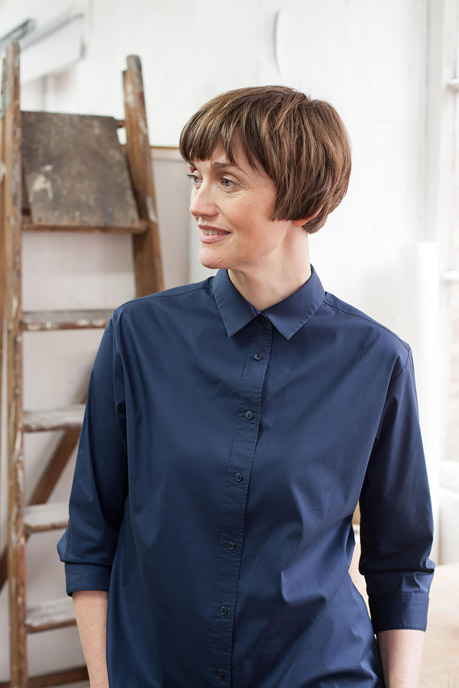The installation will occupy the whole of Tate Exchange on Level 5 of Tate Modern’s Blavatnik Building and will comprise a 30-metre work space, eight tonnes of clay, a wall of drying racks, and over 2,000 fired clay objects. Over a six-month period, Clare Twomey has worked closely with Dudson of Stoke-on-Trent to develop this industrial production line. In the first week of FACTORY, visitors will be invited to clock in and learn the skills of working with clay. They will then exchange what they have made for other objects made in a factory setting. During the second week, the production line will stop and the visitor will be invited to enter a factory soundscape and join a factory tour to discuss how communities are built by collective labour. A lace panel made by Clare Twomey on the last working Leavers looms in the UK, will be installed at the FACTORY entrance, embodying the relationship between human and machine innovation.
Tate Exchange invites the public to test ideas and explore new perspectives, illuminating the value of art to society. In Tate Exchange: Production, from September 2017 to January 2018, artists’ projects will examine the role of the museum in production, exploring this from a variety of different viewpoints. From January to May 2018, 62 Associate organisations at Tate Modern and 24 at Tate Liverpool will work with the public in the galleries, continuing the theme. A full list of Associates taking part is supplied below.
The artists’ projects at Tate Modern will include, among others: TENT of Rotterdam with Tate Collectives looking at ‘high’ and ‘low’ culture and where it is produced; and BBZ who will explore the cultural production of non-binary black artists and collectives in the UK. At Tate Liverpool, artist-led gallery The Royal Standard will examine the theme from the perspective of feminist and activist communities; and Cooking Sections will devise new systems for producing and consuming food.
Tate Exchange’s annual themes are closely aligned to Tate’s exhibitions and collection displays from which contributors to the project can draw. Tate Modern’s forthcoming Picasso exhibition will look at the artist’s production over a year against the backdrop of the Great Depression. SUPERFLEX, the artists undertaking this year’s Hyundai commission, will participate in Tate Exchange, playfully exploring how artwork can be used, modified and distributed. At Tate Liverpool, Illustrating Futures, a collaboration between the University of Liverpool and Comics Youth, will focus on the relationship between comics and mental health in response to the ARTIST ROOMS: Roy Lichtenstein in Focus exhibition.
In its inaugural year, over 200,000 people took part in Tate Exchange activities across Tate Modern and Tate Liverpool.
Anna Cutler, Director of Tate Learning said:
‘We were overwhelmed by the generous public response to Tate Exchange in its first year. It became a civic space in which the public got to share their ideas, thoughts and opinions. We are indebted to the work of the Associates who generated extraordinary programmes and took on the task of an open experiment with great skill and verve. In our second year, 150 years after the publication of Karl Marx’s Das Kapital, we will look at the theme of production and dig even deeper into debate and the nature of exchange.’
Tate Exchange: Production is supported by Maryam and Edward Eisler, Red Hat Inc., Paul Hamlyn Foundation and Art Fund. Tate would also like to thank Dudson, the University of Westminster, the University of Nottingham and the British Ceramic Biennial for additional support and advice.
